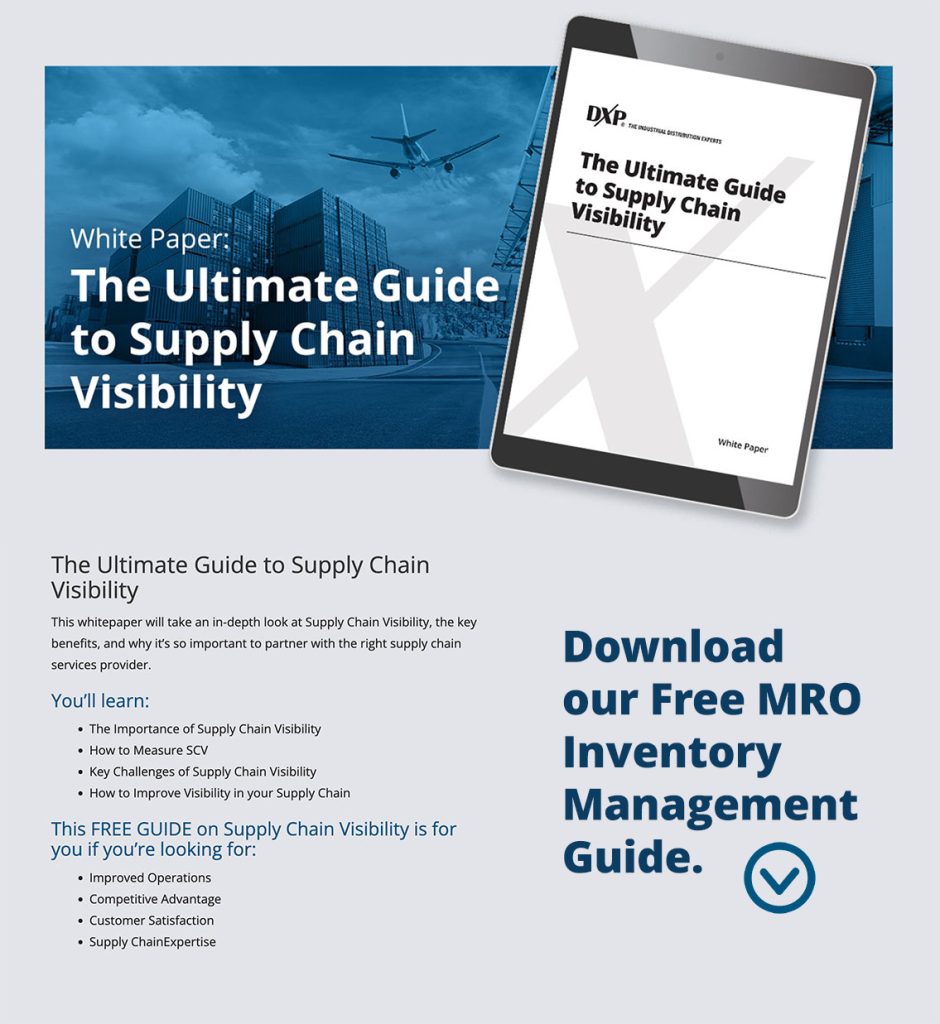
What the Inflation Reduction Act Means for Decarbonization & CCUS
Rising carbon emissions in the United States have led to the enactment of several legislations aimed at amending incentivizes for deploying CCUS technologies. One such legislation is the Inflation Reduction Act (IRA), which stipulates an up to $200/metric ton credit tax increase for existing and new carbon capture projects. This article explores this legislation and its implication for the US decarbonization efforts.
Understanding The Inflation Reduction Act’s Carbon Capture Provisions
The recently enacted IRA of 2022 indicates the US commitment to supporting the widespread adoption and implementation of carbon capture technologies for decarbonization across several industries. Moreover, the IRA is particularly essential for controlling carbon pollution in hard-to-reach sectors due to the financial benefits the act offers for carbon capture technology acquisitions.
It is noteworthy that the chemical, refining, cement, and steel industries cannot eliminate the utilization of fossil fuels, resulting in significant carbon emissions globally. For instance, these industries account for over 40% of the emissions in the US. Thus, the IRA is an enabler for substantial decarbonization as it stipulates an increased 45Q tax credit allocation of $85/metric ton from the initial $50/metric ton for CO2 capture and storage, creating an innovative market that is dependent on CO2 emission levels during product manufacture.
In addition to increasing the credit value of the direct air capture (DAC) of CO2 in industries, the IRA also accounts for some 45Q enhancements. These enhancements include:
- Increased credit values of $85 and $180 for point source and direct air capture, respectively
- Direct pay and transferability options for developers that claim the credit
- Commence construction window extension to 2033 for projects
- Reduction of capture thresholds for broadening the definition of qualified facilities
According to the Clean Air Task Force (CATF), these credit value increases cut across several industries, with cement and refineries accounting for the highest between $65-100/metric ton for total carbon capture and storage (CCS). Since DAC doubles as the most expensive capture type, the CATF estimates future capture costs ranging from $100-200/metric ton for new projects and over $200/metric ton for existing ones. Moreover, the IRA enables direct pay and transferability of incentives, making the 45Q more attractive to CCS investors since they can monetize the credit and receive a fully refundable tax credit.
With an extended window for carbon capture project implementations, the IRA aims to ensure that the US carbon capture ecosystem fully develops to meet its decarbonization objectives. Since existing carbon capture facilities across several industries are in their developmental stages, the 2033 extension will ensure that operators can adequately handle the significant challenges hindering the transitioning of the projects to their commercialization stages.
The inefficiencies of the point source facility requirements led to limited investments in CCS as investors projected little to zero ROI. However, IRA enactment makes CCS investments more attractive by ensuring cost reduction, incremental growth, and economies of scale through significant tonnage capture thresholds lowering.

45Q Tax Credit for Carbon Sequestration
In addition to the IRA, the Carbon Capture, Utilization and Storage (CCUS) Tax Credit Amendments Act of 2021 and the Negate Emissions to Zero (NET Zero) Act of 2021 are two other legislations that will enhance the 45Q tax credit for decarbonization in the US. The legislations address several elements that can expedite the deployment of CCS technologies in several industries that require them. Moreover, the legislation will increase the incentive level and quality of 45Q for the rapid deployment of CCS technologies.
The NET Zero Act will also ensure a permanent extension of the 45Q tax credit for geologic sequestration-intensive DAC projects. The NET Zero Act also stipulates $180/metric ton and $130/metric ton increases for DAC projects for geographical sequestration and enhanced oil recovery, respectively, in addition to the 10-year extension for the projects.
The CCUS Tax Credit Amendments Act, on the other hand, stipulates a tax credit extension of up to five years and increased support of $120/metric ton and $75/metric ton for geologic sequestration- and enhanced oil recovery-based DAC projects, respectively. Like the IRA, this act allows for direct payment of the credit, ensuring consistency in tax obligations across CCS projects and other clean energy initiatives.
What This Means for CCUS and Climate Change
The provisions of these recent legislations are crucial for the decarbonization efforts in the country. Since the legislation use tax credits to incentivize the deployment of CCUS technology, they can achieve optimized and low-cost technology deployments, which have climate impact mitigation benefits.
Consequently, these recent acts will result in increased employment and economic opportunities and improved frameworks and investments for CCS. Although the 45Q tax credit has been an adequate tool for promoting CCS activities in the country, there was a need to ensure it improves the cost-effectiveness of the relevant technologies. That is what these recent legislations aimed to achieve.
These legislations extended the tax credits and enabled direct payment regardless of investor tax burdens, simplifying the design and implementation of multi-year CCUS projects. Consequently, the coming years will witness an increased transition from design to the commercialization of CCUS projects in the country.
Contact DXP/IFS to Learn More About Carbon Capture in the US
At DXP/IFS, we are committed to supporting our clients with industry-leading CO2 pumping and process solutions for energy and renewable-related applications. Our advanced ESG-related solutions meet customer and industry requirements to achieve global decarbonization and climatic impact mitigation goals.
Contact us to learn more about our vast array of CCUS and ESG-related products.

